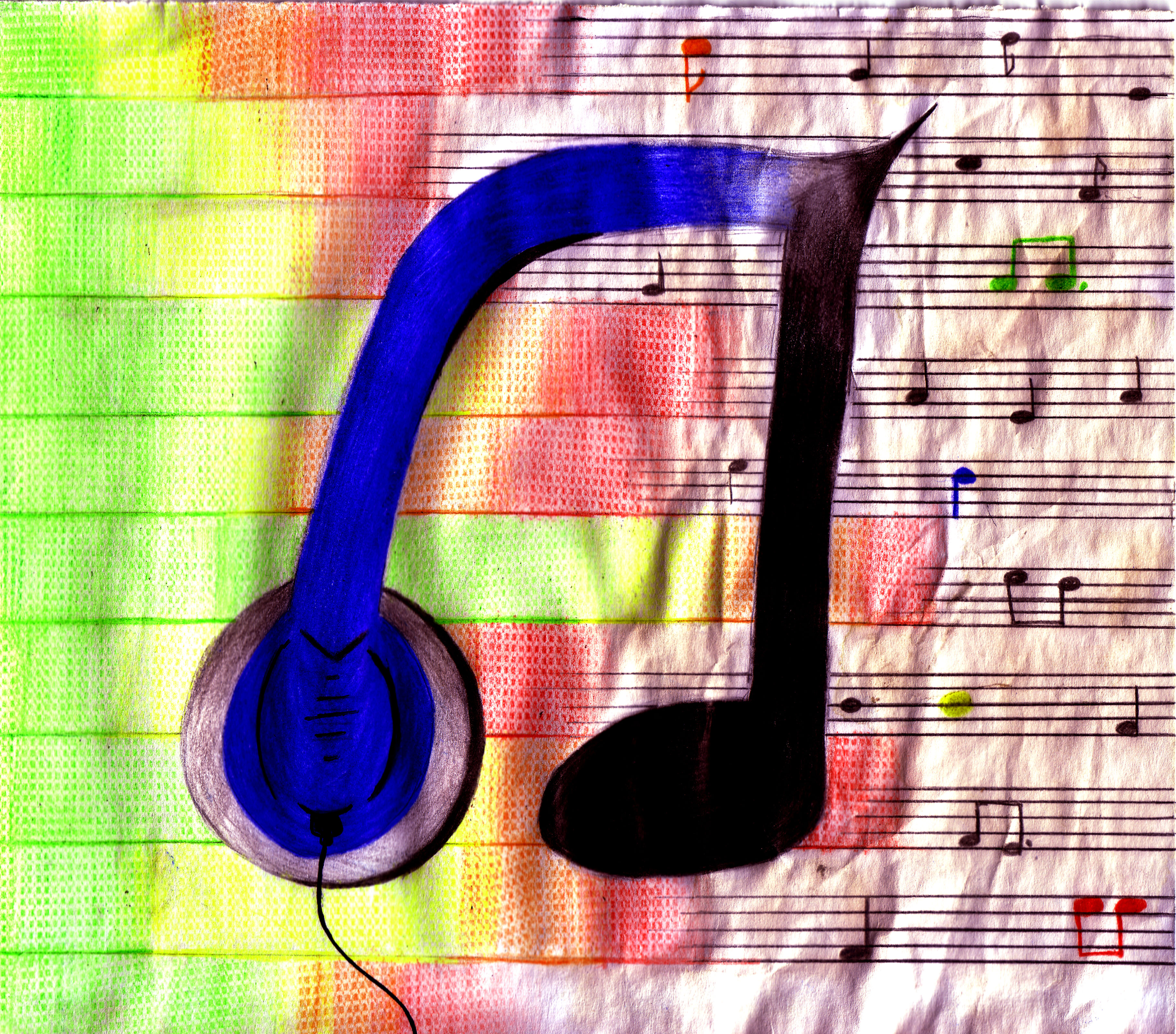Conversations in Contemporary Art is aw bi-weekly lecture series sponsored by the Studio Arts Master of Fine Arts program at Concordia University that provides a platform for artists to discuss their work and engage with the public about new artistic ideas. Erin Gee, a Montreal-based artist, composer, and singer whose work primarily centres around human interaction with technological advances, hosted the February 11 session. Gee’s art has been widely successful, allowing her to travel to the University of Western Sydney, Australia to collaborate with performance artist Stelarc.
Notably, Gee’s use of experimental electroacoustics stems from applying sound technology to understanding human emotional expression. Her fascination with sound comes from her years of formal training as an opera singer.
Gee’s work emphasizes the ideas of communication, and, more importantly, miscommunication, which is ubiquitous in our period of absolute technological saturation. This was highlighted when, during the question period at the end of the lecture, an audience member asked a question that was not understood by the artist right away. “How we understand each other can only be as good as how we understand each others’ mediations,” Gee noted. This is why technological power is critical to the her artistic expression, because it can magnify the understanding we possess of our own bodies and alter our interactions with our surroundings.
“The destiny of a song is written in the performer’s understanding of its score, or in the audience’s interpretation of how the score unfolds. […] Maybe we need to understand our physical reality in a total other way in order to unlock different forms of being. The destiny of humanity could be written at least partially in our understanding of our bodies or even how we interact with our world,” Gee said during the lecture.
For Gee, this process of self-reflection through technology resonates with the work and writings of Rosalind Krauss, who described video and most of new media as inherently narcissistic in her essay, “Video: The Aesthetics of Narcissism.” During the lecture, Gee shared her wish “to complement that narcissism with the perverse pleasure of the digital echo.”
“The destiny of humanity could be written at least partially in our understanding of our bodies or even how we interact with our world,” Gee said during the lecture.
Attempting to explore the connection between human expression and technological capabilities, Gee brought to life a project called “Swarming Emotional Pianos,” inspired by her work with neurophysiologist Vaughan Macefield. The project involves attaching sensors to people that can identify shifts in nerve activity resulting from change in emotion. The sensors’ detection then determines the chamber music played by attached robots. By giving the body a voice in this new way, Gee creates new forms of communication.
Gee’s “Swarming Emotional Pianos” made a particular impression on those who attended the lecture. Na’ama Freeman, a U1 History student, told The Daily in an interview that Gee’s work develops open-mindedness in the viewer to understand innovative forms of art. “It was interesting how she was able to somehow attach […] electronic wires to people’s nerves, so these machines were able to translate somebody’s emotion onto audio devices, [transforming] people’s emotion into music. [… You] would usually associate [emotions such as fear] with high-paced, anxious-ridden melody, but when it was transmitted by signals emitted by the body it was more of a soft melody,” Freeman said.
Coincidentally, this theme of intersection between organic and artificial bodies hashed out in interactive art strongly resonates with a current exhibit displayed at the Montreal Fine Arts Museum. Similarly to Gee’s “Swarming Emotional Pianos”, Céleste Boursier-Mougenot’s from here to ear installation examines the meeting point of the organic and the artificial through experimental electroacoustics.
By offering a potential for participation, works like Gee’s offer an immersive experience to the viewer. Rather than using unidirectional video or audio recording, the artist creates an environment of electroacoustic experimentation, inviting the audience to partake in a conversation about artistic creation. Through art, not just lectures, Gee ultimately demonstrates that the powers of technology and sound manipulation can be used to decode human emotions and their inner meanings, which are otherwise often veiled.
The next Conversations in Contemporary Art will take place on March 3, and will feature Daniel Barrow.

